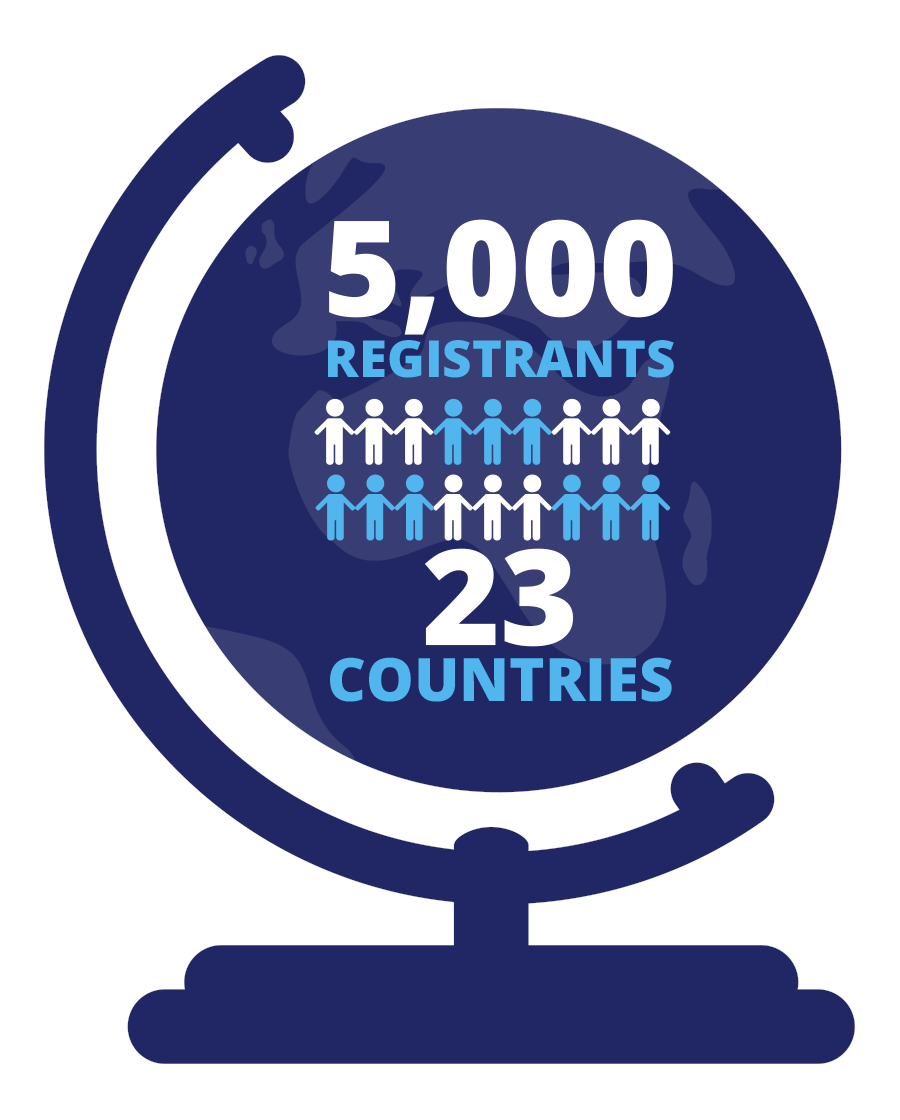STEAM Academy
T.D. Jakes Foundation continues to spark curiosity and learning in Dallas - area high school students by demonstrating the science, technology, engineering, art, and math (STEAM) elements that go into an artistic performance.
About STEAM Academy
Through the support of our partners and donors, the Foundation’s STEAM Academy provides transformational STEAM education to students throughout the Dallas area and beyond.

STEAM Academy 2023
-
Week 1
June 5 - June 9, 2023
-
Week 2
June 11 - June 16, 2023
STEAM Academy 2022
In 2022, T.D. Jakes Foundation hosted two impactful STEAM learning experiences for students in North Texas and beyond.

STEAM Academy – Arts
T.D. Jakes Foundation continues to spark curiosity and learning in Dallas-area high school students by demonstrating the science, technology, engineering, art, and math (STEAM) elements that go into an artistic performance. Together with the Dallas Mavericks, Broadway Dallas, and Dallas ISD, the Foundation brought the stage to the classroom for a second year — inspiring young people with high-impact STEAM programming designed through the lens of Broadway theater.
Themed around the musical Ain’t too Proud — The Life and Times of the Temptations, the STEAM Academy – Arts curriculum served 3,400 high school teachers and students from across the district. The program offered eight session of in-class lessons in video editing, lighting, and related technologies, as well as the civil rights movement and other historical milestones that lined up with events featured in the musical. STEAM Academy – Arts students in the program also enjoyed a dedicated performance of Ain’t too Proud at the Music Hall at Fair Park.
STEAM Academy – Hackathon
T.D. Jakes Foundation hosted the third annual STEAM Academy — Hackathon June 6 through 17, 2022. The Hackathon, presented by the Dallas Mavericks and powered by Goldman Sachs, was a free two-week immersive experience in technology and innovation that challenged students, ages 14 to 18, to solve complex problems, and included a competition. Of the 386 student participants, 142 attended in person and 244 participated virtually from 24 U.S. states as well as Bermuda, Canada, Haiti, Jamaica, Malaysia, Namibia, South Africa, the United Kingdom, and the U.S. Virgin Islands. Throughout the two weeks, students worked alongside Goldman Sachs engineers, who guided them through the engineering process, including how to ideate, prototype an idea and communicate with impact.
Participating together as Team Flourish, the six student winners were Dallas area high school students: Caleb Cox,15, Gabriel Crutchfield, 18, Savannah Crutchfield, 17, Katelyn Demars, 15, Ju-Sky Dunn, 14, and Alan Samineedi, 16. The team, who competed against four other top groups, developed an app to help people suffering from mental illness get the help they need.
For more information, click here for the STEAM Academy – Hackathon recap.


STEAM ACADEMY 2021
In fall of 2021, the Foundation announced an exciting partnership with Frito-Lay, Dallas Summer Musicals, the Moody Foundation, the Meadows Foundation, Dallas Independent School District (DISD) and iDTech to provide a Hamilton-themed STEAM program to DISD students.
The collective impact of this public-private partnership was immense. Students in the program took four Photoshop-centric classes and four Premiere Pro-centric classes, which enabled them to design an original Hamilton poster and cut together a 30-second video trailer for the show. The iD Tech staff provided detailed lessons on the Adobe software programs at the beginning of each session, and Dallas Summer Musicals teaching artists provided a connection to theater and to Hamilton, with a focus on cultural awareness and equity.
Students were exposed to STEAM curriculum as they explored themes such as marketing design, typography, color theory and layout during the Photoshop classes while, in the Premier Pro sessions, students learned about the art and science of filmmaking, covering topics such as editing, framing, storyboarding, audio and music copyright, post-production, color grading and more. In total, 3,000 students, 36 teaching artists and 18 DISD teachers across 60 classrooms participated in the program. Prior to the program, 92% of students had never used Adobe Premiere, and 76% had no familiarity with Adobe Photoshop.
In December, the STEAM program culminated with an exclusive Hamilton performance at the historic Music Hall at Fair Park. Chairman T.D. Jakes offered remarks prior to the show. The event served as a reminder of this program’s collective impact, as private companies, nonprofits and the school district came together with students and their families to celebrate the significance of the occasion.

STEAM ACADEMY 2020
In June 2020, the T.D. Jakes Foundation launched STEAM Academy 2020—a first-of-its-kind, virtual five-week summer program open to students, ages five to 16.
STEAM Academy 2020 offered three to four hours of weekly online STEAM activities, including coding courses, virtual field trips to museums and engineering companies, musical performances from the Dallas Symphony Orchestra and exposure to people and jobs that students may not have even known existed.
We were proud to welcome more than 5,000 registrants from 23 countries across the world to participate free of charge!
To celebrate our inaugural year, we produced a closing video with a song, Get Up Get Up There, written by Thadworld and featuring members of the Dallas Symphony Orchestra and the DSO Young Strings Program with highlights from this amazing virtual learning experience.
We introduced young students to the wonders of science, technology, engineering, arts and math—more than 85% of STEAM Academy participants experienced STEAM activities and learning for the very first time. With the support of partners like the Dallas Mavericks and AT&T, we were able to bridge the digital divide, providing Chromebooks and mobile hot spots free of charge, to ensure that no Dallas families had to be turned away due to lack of access to technology or connectivity.